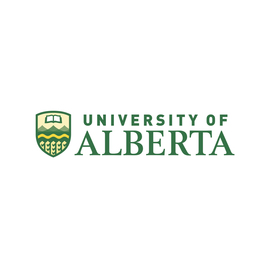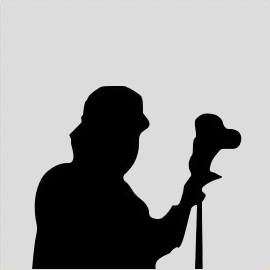The Hebrew University of Jerusalem
History The dream of establishing a "University of the Jewish People" in the Land of Israel formed an integral part of the early Zionist vision. With the acquisition of the Gray Hill estate atop Mount Scopus, and the laying of the cornerstone for the university-to-be in 1918, the realization of the dream was on its way.
Seven years later, on April 1, 1925, the Hebrew University of Jerusalem was opened at a festive ceremony attended, among others, by leaders of world Jewry including the University's founding father, Dr. Chaim Weizmann, distinguished academics and communal leaders of the Yishuv, and British dignitaries including Lord Balfour, Viscount Allenby and Sir Herbert Samuel. Also in attendance were Chief Rabbi Abraham Isaac Hacohen Kook, the poet Haim Nahman Bialik and many others.
The First Board of Governors of the University, chaired by Dr. Weizmann, included such luminaries as Albert Einstein, Sigmund Freud, Martin Buber, Haim Nahman Bialik, Asher Ginsberg (Ahad Ha'am), Dr. Judah Leib Magnes, James Rothschild, Sir Alfred Mond, Nahum Sokolov, Harry Sacher and Felix M. Warburg.
The University's first three research institutes - in microbiology, chemistry and Jewish studies - had 33 faculty members and 141 students. In 1931, the University awarded its first degrees, the Master of Arts, to 13 graduates.
By 1947, the University had grown to a large, well-established research and teaching institution, encompassing humanities, science, medicine, education and agriculture (the last at a campus in Rehovot); the Jewish National and University Library; a University press; and an adult education center. Student enrollment exceeded 1,000 and there were some 200 faculty members.
The War of Independence in 1948 left the University campus cut off from Israeli west Jerusalem, and alternative facilities were found throughout the city. In 1953, construction began on a new main campus at Givat Ram in the heart of Jerusalem. A few years later work began on a health sciences campus in Ein Kerem in southwest Jerusalem, in partnership with the Hadassah Medical Organization. By the beginning of 1967, the number of faculties and schools had been greatly expanded, and enrollment exceeded 12,500.
With the reunification of Jerusalem in the Six-Day War of June 1967, work began on restoring and expanding the Mount Scopus campus. In 1981, the historical Mount Scopus campus again became the main home of the University. The University has since continued to grow, with the addition of new buildings, establishment of new programs, and recruitment of outstanding scholars, researchers and students, in fulfillment of its commitment to excellence.













